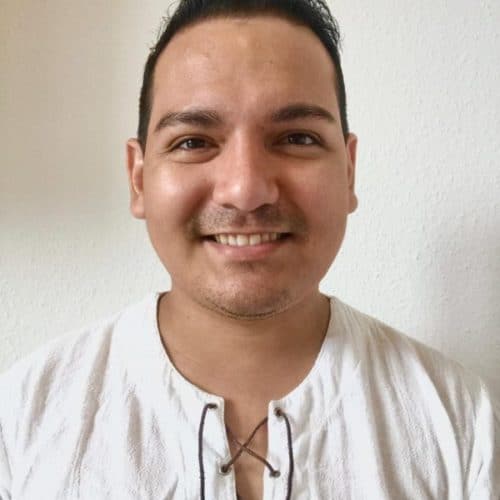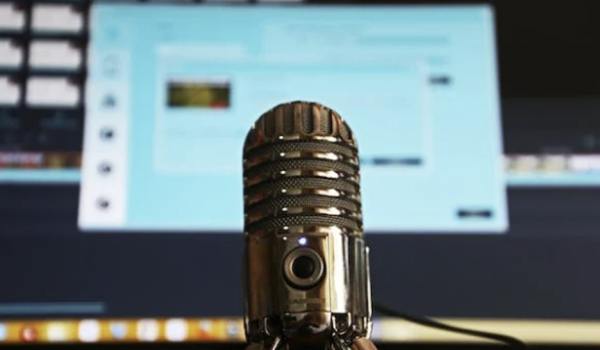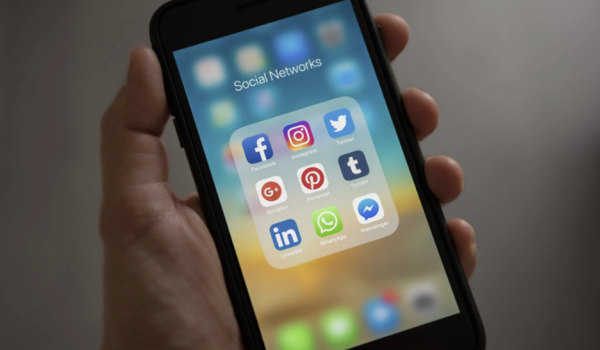Have you ever – or somebody you know – said that you are a “visual” learner? The theory of learning styles, even though widely known and used by several educators, has been highly debated over the decade, to the point of being considered a neuromyth. Read here more about this trendy discussion between education researchers.
In everyday life, it is pretty normal to take for granted certain truths. For instance, some people take for granted that the sky is blue, that the air is invisible, that the grass is green or that education is important for life. But there are also some theories that, even though can be considered general truths, may not be true. And one commonly taken-for-granted topic is the theory of learning styles. Did you know that this theory has been highly debated over the past decade between educational researchers and pedagogues? This article explores why the learning styles theory is considered a neuromyth and takes from this debate some practical tips on how to help students learn better in diverse contexts.
The Definition of the Theory of Learning Styles

The theory of learning styles, as its name suggests, defines manners or ways in which learning can be better internalized by students. Historically, initial studies considered that learning styles do exist and that there might be up to 70 different learning styles; although the three most popular are the so-called VAK model: Visual, Auditive, and Kinesthetic. This theory can be summarized in three premises. The first one focuses on the preference (not efficiency, but preference) that each person has for their learning, leading to different means of content acquisition and internalization. The second one suggests that individuals learn better and more effectively through one prevailing style over others. And the third one implies that effective lesson design and performance must match these styles to actually achieve better learning outcomes.
While the first premise makes sense given that people have preferences for everything (and learning is not an exception), the other two premises are leading to polemic debates. Some researchers have described these misconceptions as neuromyths, given that wide literature reviews on learning styles have not found strong evidence able to demonstrate the effects of matching learning styles’ principles on efficient internalized learning, nor in an increase in learning outcomes. Instead, research suggests an increase in students’ self-labeling under one prevailing learning style, and a widespread of the theories to even been part of the initial teacher training programs.
But learning styles theory is not a villain in education. As widely noticed, education was initially seen as a very rigid uni-directional process from teachers to students, so a – then-new theory about learning styles brought an important topic to the pedagogical discussion in times where education has been – and still is – meaningfully evolving. And this topic is learners’ diversity and variability, which are crucial to designing inclusive learning experiences for all students.
With the boom of studies regarding brain functions linked to learning processes, up-to-date research evidence has allowed us to look at older theories with more critical eyes. For example, neuroscience has proposed the concept of neuroplasticity, which defines the brain as an organ that constantly modifies, changes, and adapts its structure based on external and internal stimuli. And of course, the learning process can involve a series of these stimuli. In this sense, there is contraposition: while learning styles’ self-labeling can limit a person to believe that their learning depends on only one prevailing manner, neuroplasticity challenges each person to comprehend their brains as flexible enough to adapt and keep learning beyond any labels.
Ways to Implement It

Now, after understanding the polemics regarding learning styles, here are some tips on how to promote your students’ learning by taking the best out of this discussion. Feel free to apply this to your own learning process, or with your students (if you are a teacher) or children (if you are a caretaker):
Avoid self-labeling: make sure you and your students do not foster self-labeling. One of the most potentially dangerous effects of giving learning styles for granted is self-labeling, by tagging ourselves as people who only learn if content or experiences are given in one way. Instead of focusing on one learning style, look at your students as integral people and allow them to use all their senses to learn better.
Safe learning environments: Promote a classroom culture in which your students and you feel safe and keep in mind how flexible and neuroplastic our learning can be. If a lesson is carefully designed and if the physical and behavioral environment of a classroom is safe and motivating for learners to co-exist and learn together, then students can focus on the actual learning process. Avoid potential distractions.
Lessons designed for ALL: make sure that your classes are universally-designed. It means, that each lesson must take into consideration the integral diversity of your students, where diversity is highly valued by your group of students, and where different mechanisms of students’ engagement, content representation, and learning action and expression are implemented. For this, our advice is to learn more about neurodiversity in learning and the Universal Design for Learning (UDL) framework.
Less is better: Sometimes it can be overwhelming to think of many aspects while planning a lesson, so prioritizing is key. Start with ensuring a safe learning environment and identifying potential distractors, and then identify pedagogical factors in your teaching that could make your lesson be fully inclusive to each of your students. One step at a time!
To conclude, it is very interesting to learn from these pedagogical debates, look at them with critical eyes, and take the best from them to our classrooms; because at the end of the day, that is what matters: to make sure our lessons are places where each learner can reach their own highest potential within diverse groups.
Photo: Freeograph/shutterstock
You might also like:
Support us!
All your donations will be used to pay the magazine’s journalists and to support the ongoing costs of maintaining the site.
Share this post
Interested in co-operating with us?
We are open to co-operation from writers and businesses alike. You can reach us on our email at [email protected]/[email protected] and we will get back to you as quick as we can.










